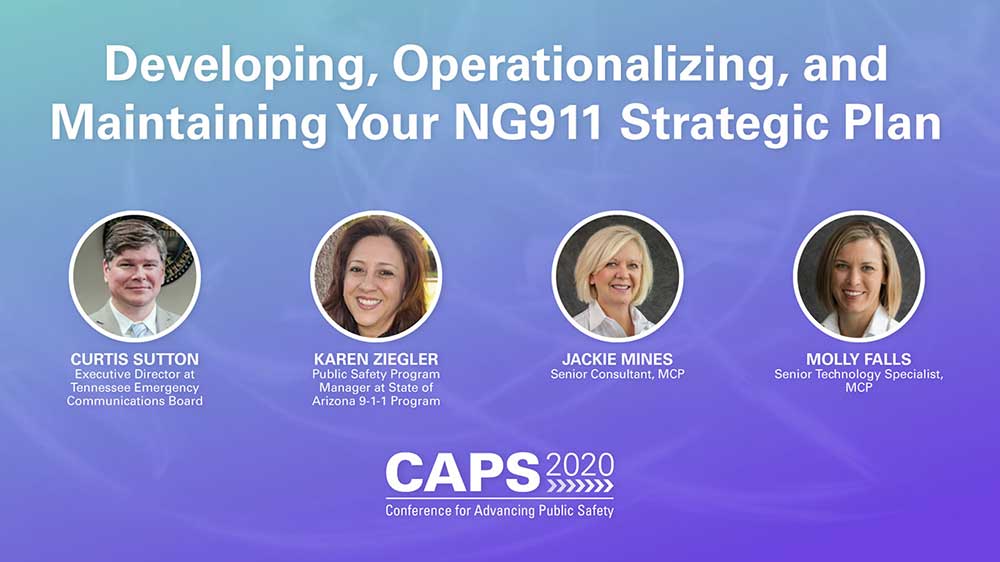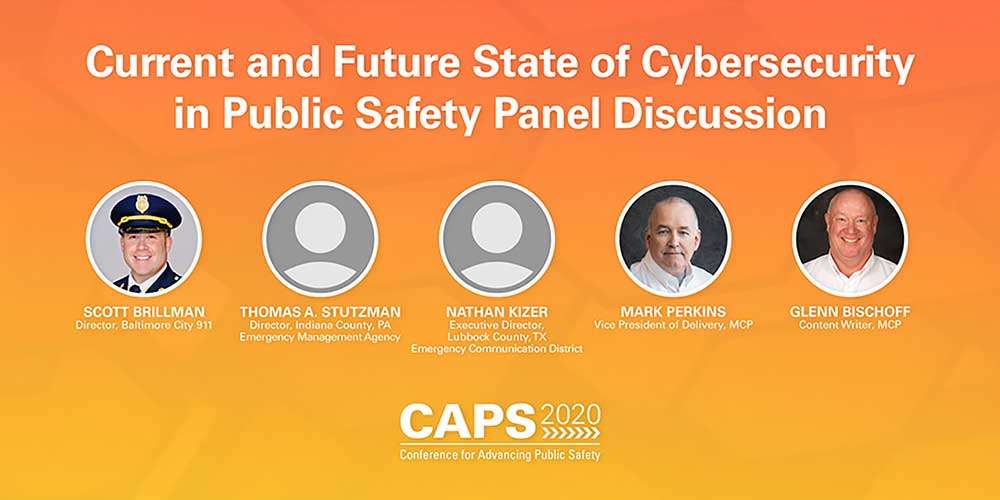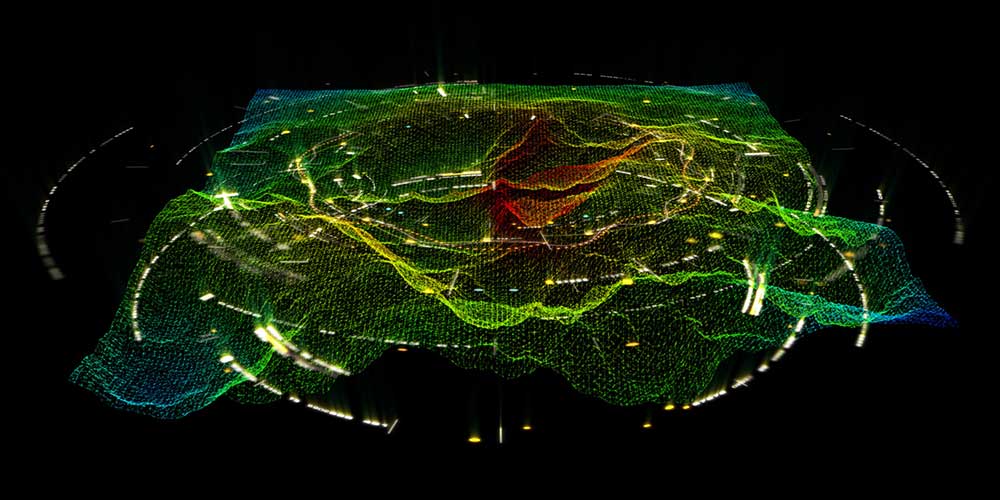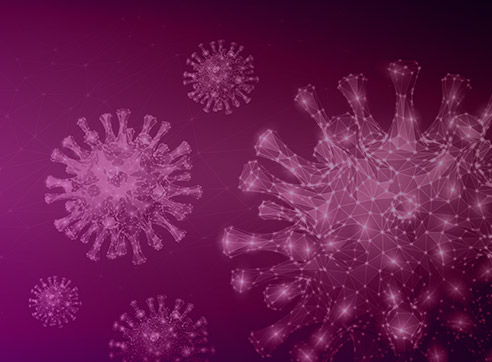Is a Storm Brewing in Your Cloud?
The COVID-19 global pandemic has thrust cloud computing into the spotlight, with everything from primary education, to business meetings, to government operations moving “into the cloud.” We’ve highlighted how the benefits of cloud-based applications are clear: lower total cost of ownership, enhanced scalability and flexibility, and the ability to shift the maintenance responsibility to the service provider. Cloud-based applications are easy to update, are available anywhere network connectivity exists, and often are more secure and reliable than a premises-based solution.














